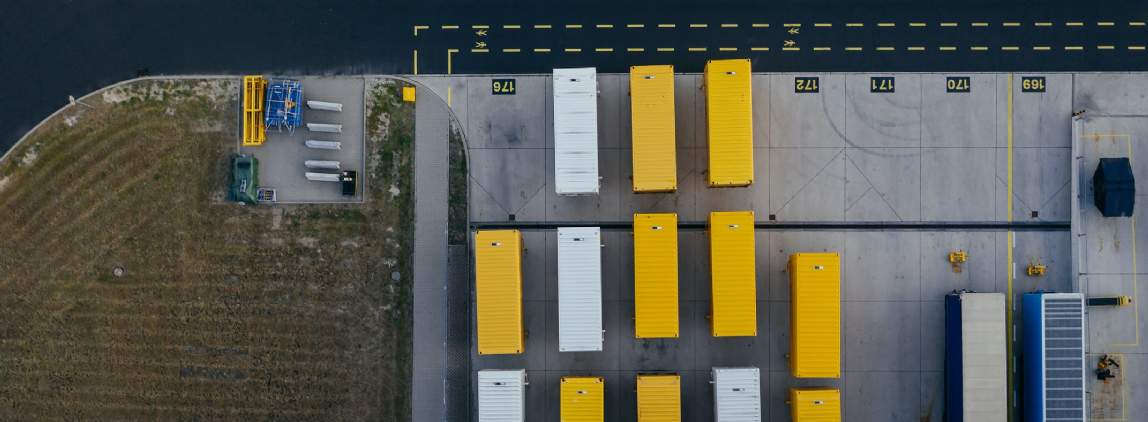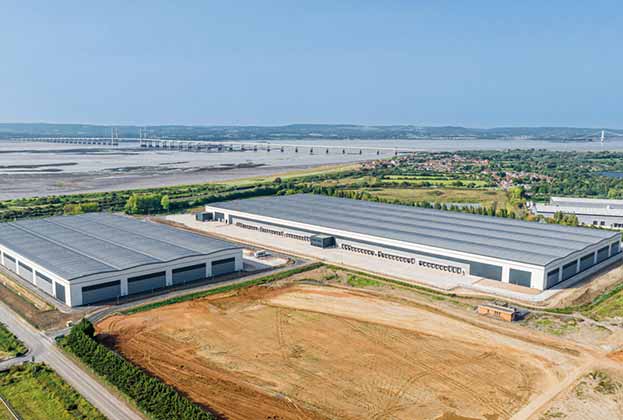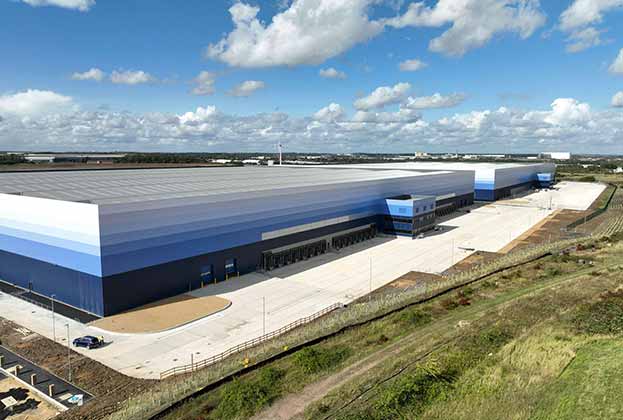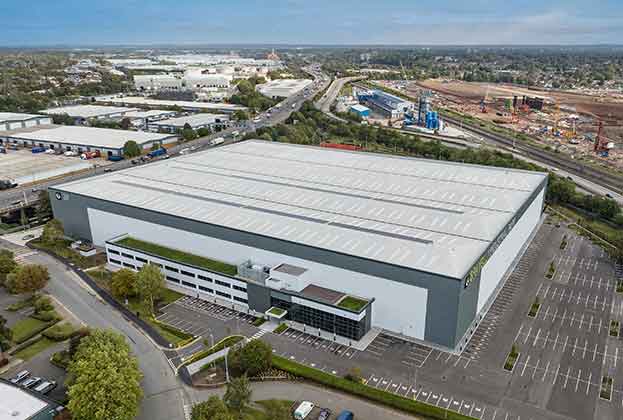Although economic news has been rather downbeat in recent months, consumers, on the whole, have weathered the storm relatively well. With around two thirds of occupier demand for warehouses coming from retailers and 3PLs in 2023, take-up levels have remained strong, albeit falling from the record levels set during the pandemic. However, it would be remiss not to present a realistic picture.
Reasons to be bullish
It is important to take stock of where we are relative to where we expected to be, and, in short, figures by the ONS suggest that the UK economy is recovering faster than first thought and it is likely we will avoid a deep recession.
We are also starting to see a meaningful impact on our data driven by continued global instability. For instance, nearshoring and reshoring saw manufacturing related take-up soar in 2023.
We also expect online retail to keep growing with online retail penetration forecast to increase by seven per cent year-on-year, reaching 28.4 per cent by 2027. Using research from Prologis, this should equate to additional demand of up to 48 million sq ft over the period.
From a supply perspective, the current vacancy rate is 7.2 per cent signifying an 83 per cent increase over the past 12 months. Although, it must be said that this is significantly better than 2009 when vacancy topped 24 per cent.
Despite this, if we look at the 31 million sq ft of speculative completions the market has seen since the start of 2021, 58 per cent of this has already been leased suggesting that the prospects for vacant units remain strong. Many segments of the market still have less than one year 'of supply' meaning rental growth remains likely, particularly for Grade A space.
What about a more bearish view?
It is impossible to ignore the impact of higher interest rates. In the logistics market, leasing activity and investment volumes have dropped sharply. While yields have responded by rising over the past year, the increase was substantially less than the 10-year Government bond yields. However, conventional wisdom dictates that yields must adjust further to compensate investors for taking on risk.
What’s also clear is that rising prices have inevitably cut into real consumers’ disposable incomes. While the value of retail sales may have grown, the actual volume of goods bought has declined. In a worst case scenario, this will mean a fall in the volume of goods moving through the economy impacting logistics in the first half of 2024.
Occupiers are also experiencing financial strain, meaning many are adopting a wait-and-see approach. Examining credit score data for major retailers we can see that the most at-risk businesses could return 12.2 million sq ft of warehouse space to the market if they were to cease trading.
Feeding this into our vacancy projection model the vacancy rate could rise as high as 8.58 per cent if this scenario were to play out.
What are the prospects overall?
Ultimately, there is no crystal ball and it is impossible to know exactly how the global economic situation will play out. While many indicators point to an economic soft landing in 2024 we should remember that in reality this rarely happens. However, with almost 26 million sq ft of lease events due in 2024, unsatisfied demand for build-to-suit stock, an occupier focus on ESG, strong levels of requirements and a diminishing development pipeline, we expect rental growth in the UK to average 4.9 per cent in 2024. Overall, there remain reasons to be cheerful but, with one eye on the potential pitfalls ahead.
Further information
Contact Kevin Mofid


.jpg)

.jpg)





